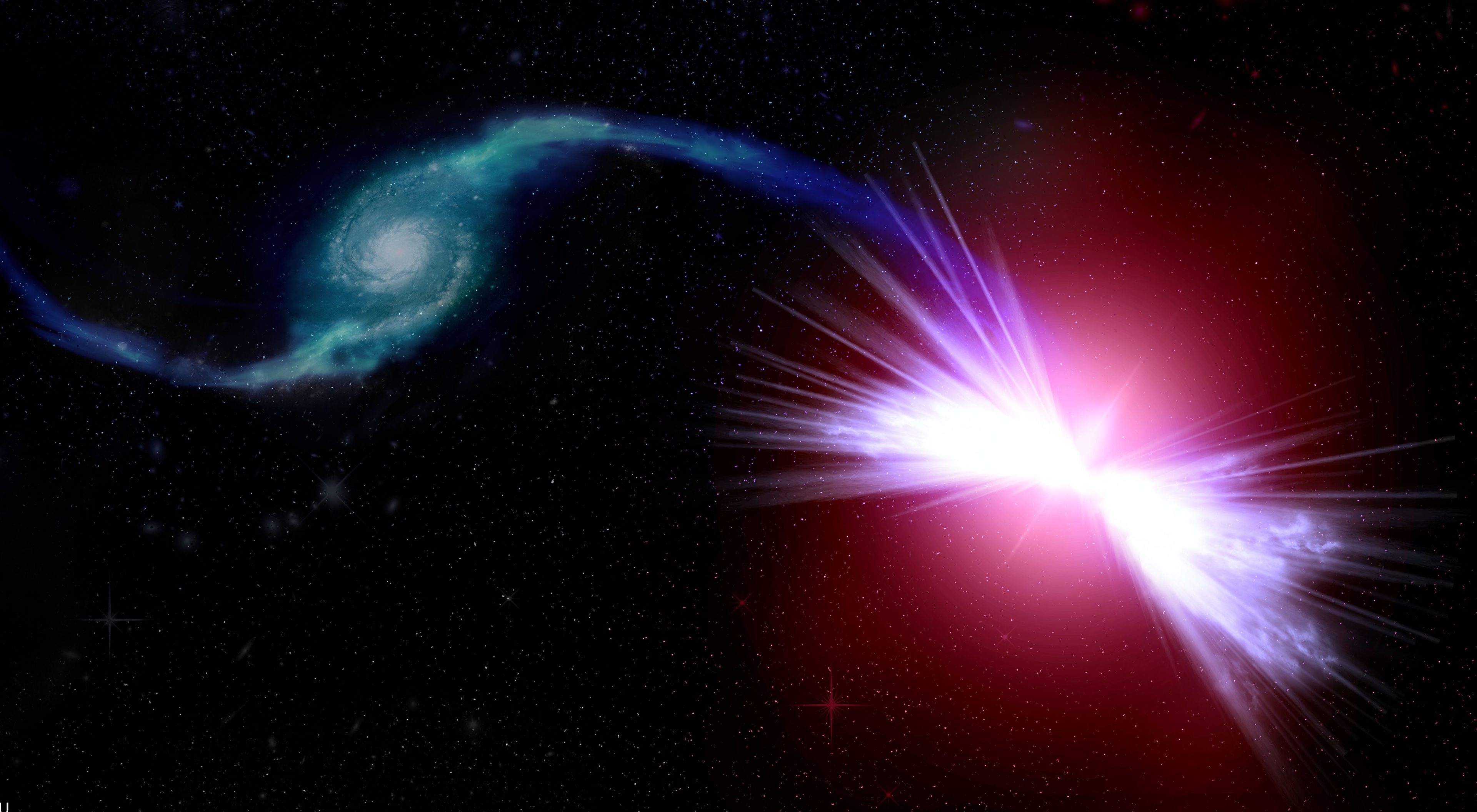Never mind global warming, scientists at the St Andrews University have warned our galaxy may one day succumb to galactic warming.
Fortunately, there is no danger of this happening any time soon.
But a team of astronomers led by Dr Anne-Marie Weijmans from St Andrews came up with the theory that the Milky Way, which includes our own solar system, could become a “red geyser” in the distant future.
Working on a project called Mapping Nearby Galaxies at Apache Point Observatory (MaNGA), the astronomers were the first to discover the red geyser class of galaxies.
Dr Weijmans said: “MaNGA is an ambitious survey, aiming to observe 10,000 galaxies in total. But because we observe such a large number of galaxies, we are able to catch the rare ones and discover new cases, such as these red geysers.”
Over the last few billion years, so-called galactic warming has turned huge numbers of galaxies into deserts devoid of fresh young stars.
The boffins mused that supermassive black holes within red geyser galaxies powered winds which heated gases, preventing the gases from cooling and forming stars.
Lead author of the study Edmond Cheung works at the University of Tokyo’s Kavli Institute for the Physics and Mathematics of the Universe.
He said: “We knew that there had to be a way to prevent star formation in these galaxies, and now we have a good idea of what it is.”
The puzzle for the astronomers from the Sloan Digital Sky Survey (SDSS) was identifying the unknown process that keeps gas in these dormant galaxies too hot to form stars.
Astronomers had long suspected it had something to do with supermassive black holes, but solid evidence was lacking.
Mr Cheung added: “The wind from supermassive black holes comes and goes quickly, so catching the wind red-handed is hard.”
The Tokyo-based astronomer nicknamed the red geyser galaxy discovered by the team Akira after the famous Japanese manga comic character, in homage to both the MaNGA survey and his home institution in Japan.
Akira has a companion galaxy that Mr Cheung called Tetsuo, after another manga character.
Akira is pulling gas away from Tetsuo, fuelling Akira’s supermassive black hole winds.
Mr Cheung added: “You can think of these winds as super-heating the atmospheres of galaxies. As soon as any gas starts to cool, it gets blasted by this wind, like water droplets turning to steam.”






